 Abraham Lincoln
If given the truth, the people can be depended upon to meet any national crisis...
Abraham Lincoln
If given the truth, the people can be depended upon to meet any national crisis...
 Guildford news...
for Guildford people, brought to you by Guildford reporters - Guildford's own news service
Guildford news...
for Guildford people, brought to you by Guildford reporters - Guildford's own news service
Birdwatcher’s Diary No.125
Published on: 18 Dec, 2016
Updated on: 19 Dec, 2016
By Malcolm Fincham
Occasionally I am encouraged to get involved in a more serious and advanced side to birdwatching.
Although not usually my style (mainly due to lethargy), I was overdue for such an event, especially as it has been a year of record first-time rarity sightings around the British Isles. Positively charged with the enthusiasm I lack, was ‘high listing’ good pal, Dougal.
With the addition of two of his friends from Kent, all of them having seen more than 500 different species of birds within the UK, we set off on a journey down the M4. The bird in question was a masked wagtail, usually found in southern and eastern Kazakhstan, Iran and Afghanistan, where they breed. However, one had recently been spotted in Camrose, near Haverfordwest in Wales.
Experts had confirmed the sighting. With many ‘twitchers’ travelling long distances to catch a glimpse, officers from Dyfed-Powys Police had to be called as parked cars blocked narrow country lanes.
The masked wagtail is thought of as being a sub-species of our dear old pied wagtail. Our top birdwatchers will have ‘flocked’ to see it in case it is declared a separate species some time in the future.
The bird was extremely confiding on our arrival there, spending much of its time on the roofs and guttering of the surrounding houses.
Occasionally coming down to the ground, feeding on meal-worm that the ‘locals’ had put out for it. As crazy as it all may sound to some, I must confess, I secretly enjoy such adventures, although I’m more at home with my local birdwatching.
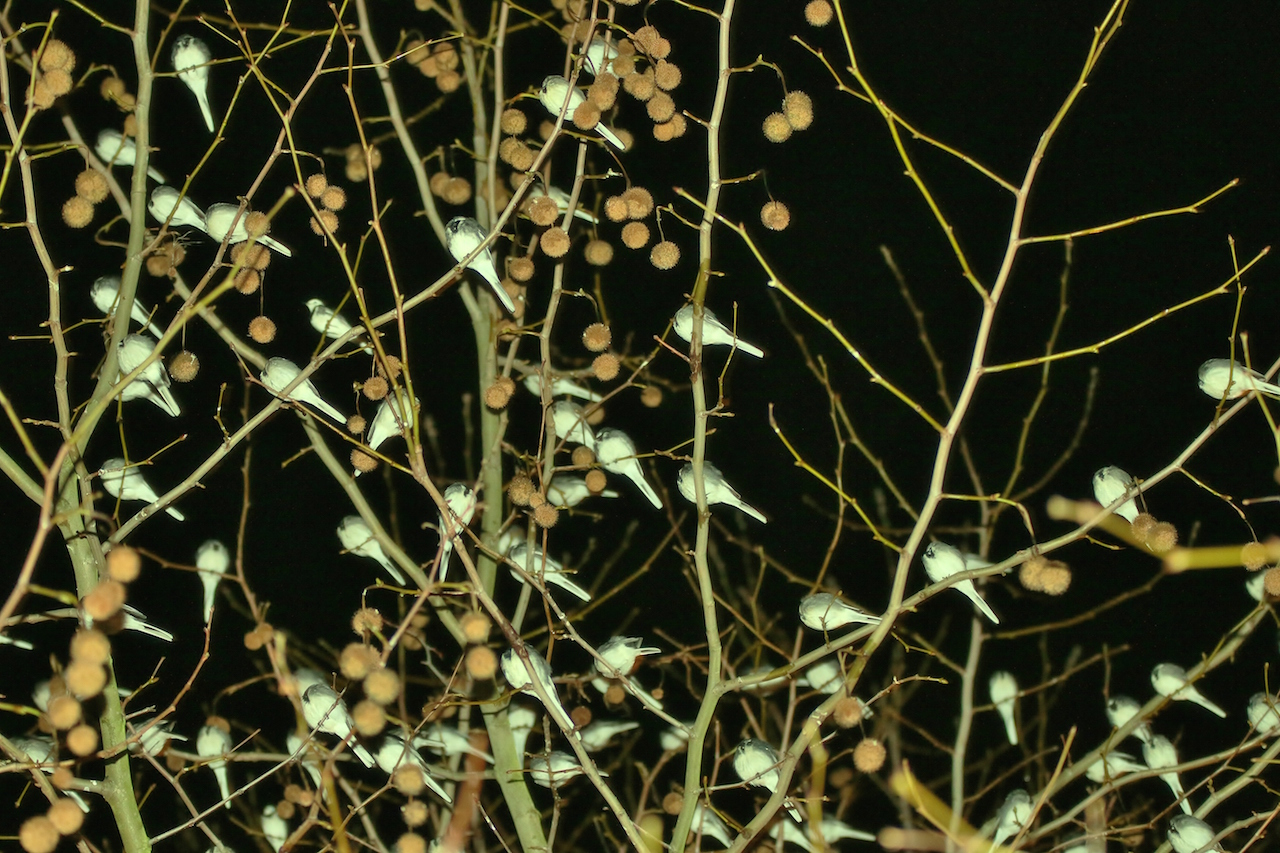
Pied wagtails roosting in the trees in front of Frankie & Benny’s restaurant near Woodbridge Meadows, Guildford.
Back in Guildford a local roost of pied wagtails had started to gather in their winter roost. And with temperatures known to be a few degrees warmer in urban areas, they have once again chosen to decorate, with their presence, the trees outside Frany & Benny’s restaurant near the entrance to Woodbridge Meadows. The birds adorn the branches like Christmas baubles.
Redwings and fieldfares are not the only Scandinavian thrushes that arrive in the UK at this time of year.
Blackbirds are among a number of other species that visit. When relatively large numbers of blackbirds arrive in the autumn, they are more likely to be seen in flocks. It can generally be assumed that they are continental birds, but there is no absolute certainty of knowing just by looking at their appearance.
A couple of sources suggest that Scandinavian first winter males don’t develop the yellow beak until they return to their breeding grounds.
Our own first winter males apparently develop the yellow earlier, making this a way of distinguishing between UK birds and winter visitors.
Even if you have several blackbirds around your garden all year, they may not really be residents. Some (but not all) blackbirds will move away from their breeding areas during the winter, replaced by other, identical looking, birds. So it appears that the same birds may be present.
Occasionally you will have a distinctive bird (eg. one with a few white feathers), but in most cases it can be almost impossible to tell whether you really do have a “resident” Blackbird.
December started with a few night-time frosts. Enough to form a thin layer of ice along the river by Stoke Lock.
Within the first week, however, warmer weather moved in, and so did the black-headed gulls on the flooded field nearby. Among them two Egyptian geese could be seen.
Along the track leading to the recycling depot, a pair of bullfinches could be seen feeding. Although the male came within sight of my camera, the female remained too elusive.
A small group of siskins fed nearby.
At Stoke Lake the usual seasonal contingent of tufted ducks could be seen, as the afternoon sun began to wane.
Long-tailed tits seemed to be following me around in their gregarious groups, making their continuous twittering, contact calls that usually get them noticed; typically “tsee-tsee-tsee” but also “tsirrup”.
While a treecreeper silently made its way up a tree bark looking for insects in the crevices.
On one of my afternoon visits there, at the far end of the lake a kingfisher had already gone to roost, deep within some sallows. It allowed me a few record shots as I attempted to focus on it, perched in the shadows.
Soon the light faded too much for wildlife pictures, so my eyes turned to watching the colours in the western sky as the sun set.
My photos of sightings elsewhere on my ‘travels’ around the more rural parts of Guildford over the past few weeks included:
Almost daily sightings of little egrets, usually at a distance.
These are often thought by my wife to be white plastic bags, hanging in trees.
At Albury Mill Pond as many as three little egrets could occasionally be seen fishing on the far bank.
While out on the water I saw a small group of mandarin ducks.
And a dabchick fishing.
In wooded areas jays continued their search for nuts to hide away in their larders.
While a carrion crow joined in with the investigation, finding an acorn that the jay had missed.
Garden feeders were now getting regular visits by great tits.
Always looking out for a chance sighting of a kingfisher, I saw one recently perched in a tree on the river inlet close to the Yvonne Arnaud Theatre, while I was waiting in a queue of traffic. Although quite close to view, I was unable to get a photo, for obvious reasons.
However, at another, more rural location a few days later, I had another sighting of one. Not quite believing my good fortune, I ‘glanced’ a small blue object, some 40 yards away, as it perched on a branch.
Using my vehicle as a hide, I managed to focus on it as it preened its feathers, totally unaware of my existence.
I have also had some good close-up pictures of goldcrests recently.
On December 8, I was also able to get a sighting and a few pictures of a firecrest.
Birds of prey seem to be consistently lazy at this time of year. Probably due to conserving energy, while having only short daylight hours to feed. They are often seen idly sitting on posts, watching for prey as this common buzzard was.
I also spotted a kestrel as it sat watching for prey, while sitting on a telegraph pole.
Stooping down into the long grass, it returned with a small mammal for its lunch.
Responses to Birdwatcher’s Diary No.125
Leave a Comment Cancel replyPlease see our comments policy. All comments are moderated and may take time to appear.
Recent Articles
- Guildford Institute’s Crowdfunding Project for Accessible Toilet in its New Community and Wellbeing Centre
- Letter: Guildford – Another Opportunity Missed?
- Letter: GBC’s Corporate Strategy – Where Is the Ambition?
- My Memories of John Mayall at a Ground-breaking Gig in Guildford Nearly Six Decades Ago
- Westborough HMO Plans ‘Losing the Heart of the Street’ Says Resident
- College Invests to Boost Surrey’s Economy and Close Digital Skills Gap
- Community Lottery Brings Big Wins for Local Charities
- GBC Housing Plan Promises ‘A Vibrant Urban Neighbourhood’ Near Town Centre
- Hospital Pillows ‘Shortage’ at the Royal Surrey
- Updated: Caravans Set Up Camp at Ash Manor School


Recent Comments
- Ian Macpherson on Updated: Main Guildford to Godalming Road Closed Until August 1
- Sara Tokunaga on GBC Housing Plan Promises ‘A Vibrant Urban Neighbourhood’ Near Town Centre
- Michael Courtnage on Daily Mail Online Reports Guildford Has Highest-paid Council Officer
- Alan Judge on GBC Housing Plan Promises ‘A Vibrant Urban Neighbourhood’ Near Town Centre
- John Perkins on GBC Housing Plan Promises ‘A Vibrant Urban Neighbourhood’ Near Town Centre
- S Collins on GBC Housing Plan Promises ‘A Vibrant Urban Neighbourhood’ Near Town Centre
Search in Site
Media Gallery
Dragon Interview: Local Artist Leaves Her Mark At One of England’s Most Historic Buildings
January 21, 2023 / No Comment / Read MoreDragon Interview: Lib Dem Planning Chair: ‘Current Policy Doesn’t Work for Local People’
January 19, 2023 / No Comment / Read MoreA3 Tunnel in Guildford ‘Necessary’ for New Homes, Says Guildford’s MP
January 10, 2023 / No Comment / Read More‘Madness’ for London Road Scheme to Go Ahead Against ‘Huge Opposition’, Says SCC Leader
January 6, 2023 / No Comment / Read MoreCouncillor’s Son Starts Campaign for More Consultation on North Street Plan
December 30, 2022 / No Comment / Read MoreCounty Council Climbs Down Over London Road Works – Further ‘Engagement’ Period Announced
December 14, 2022 / No Comment / Read MoreDragon Interview: GBC Reaction to the Government’s Expected Decision to Relax Housing Targets
December 7, 2022 / No Comment / Read MoreHow Can Our Town Centre Businesses Recover? Watch the Shop Front Debate
May 18, 2020 / No Comment / Read More




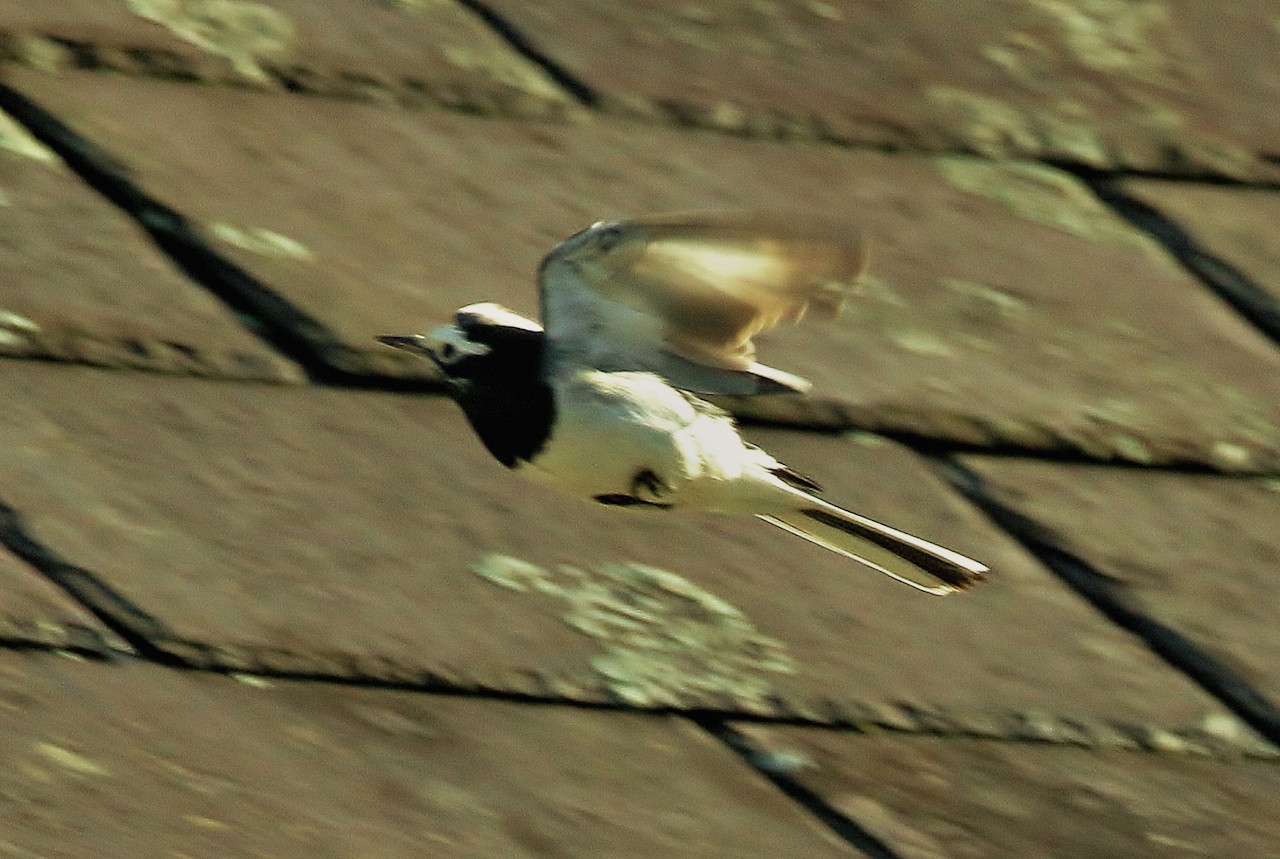

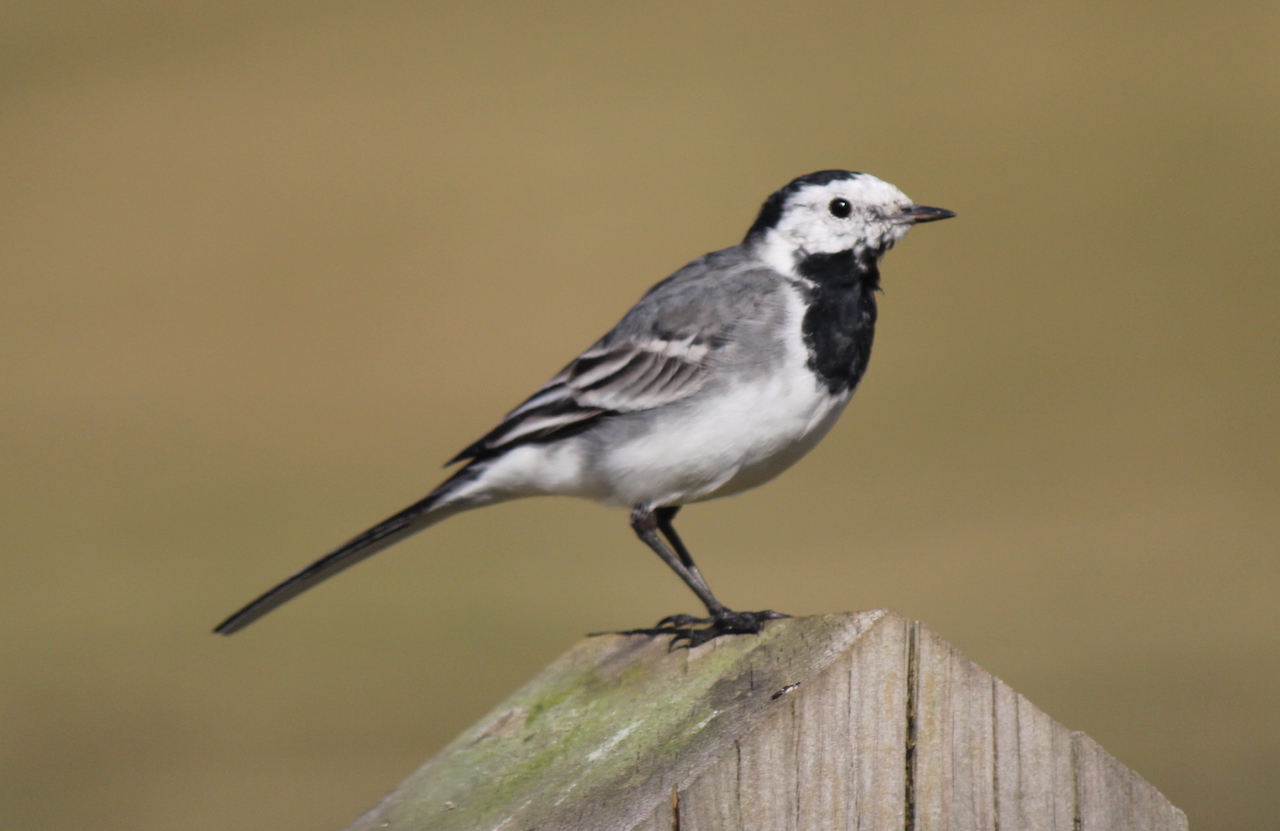

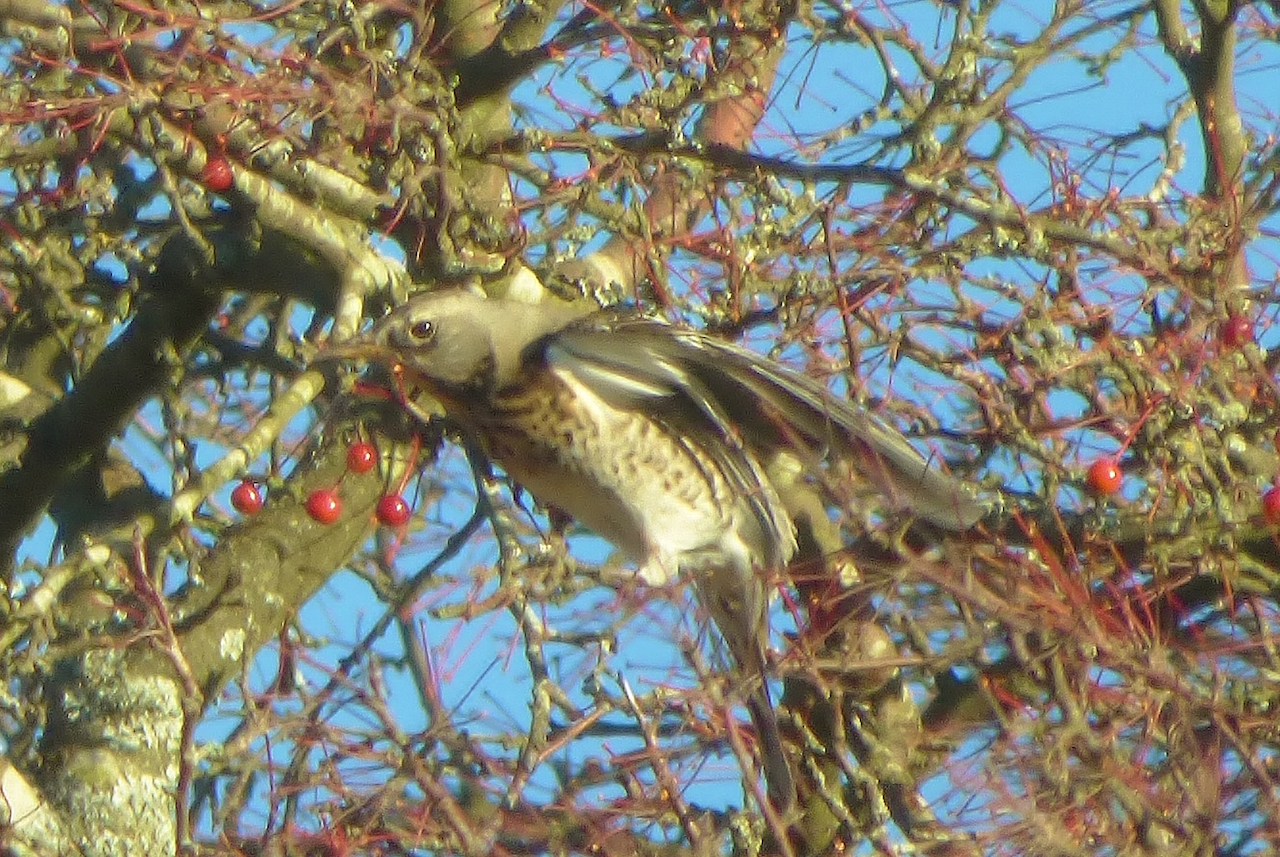

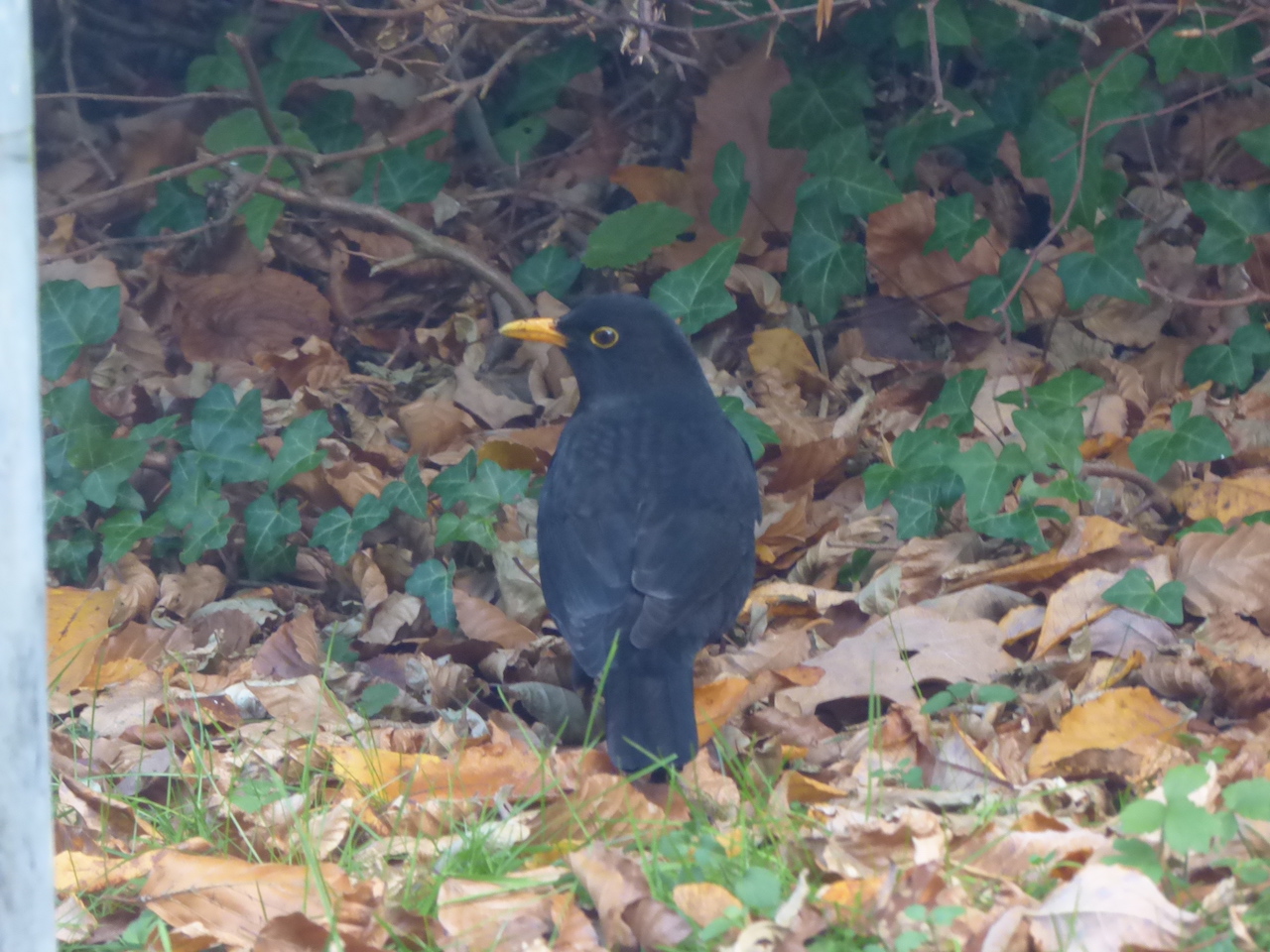
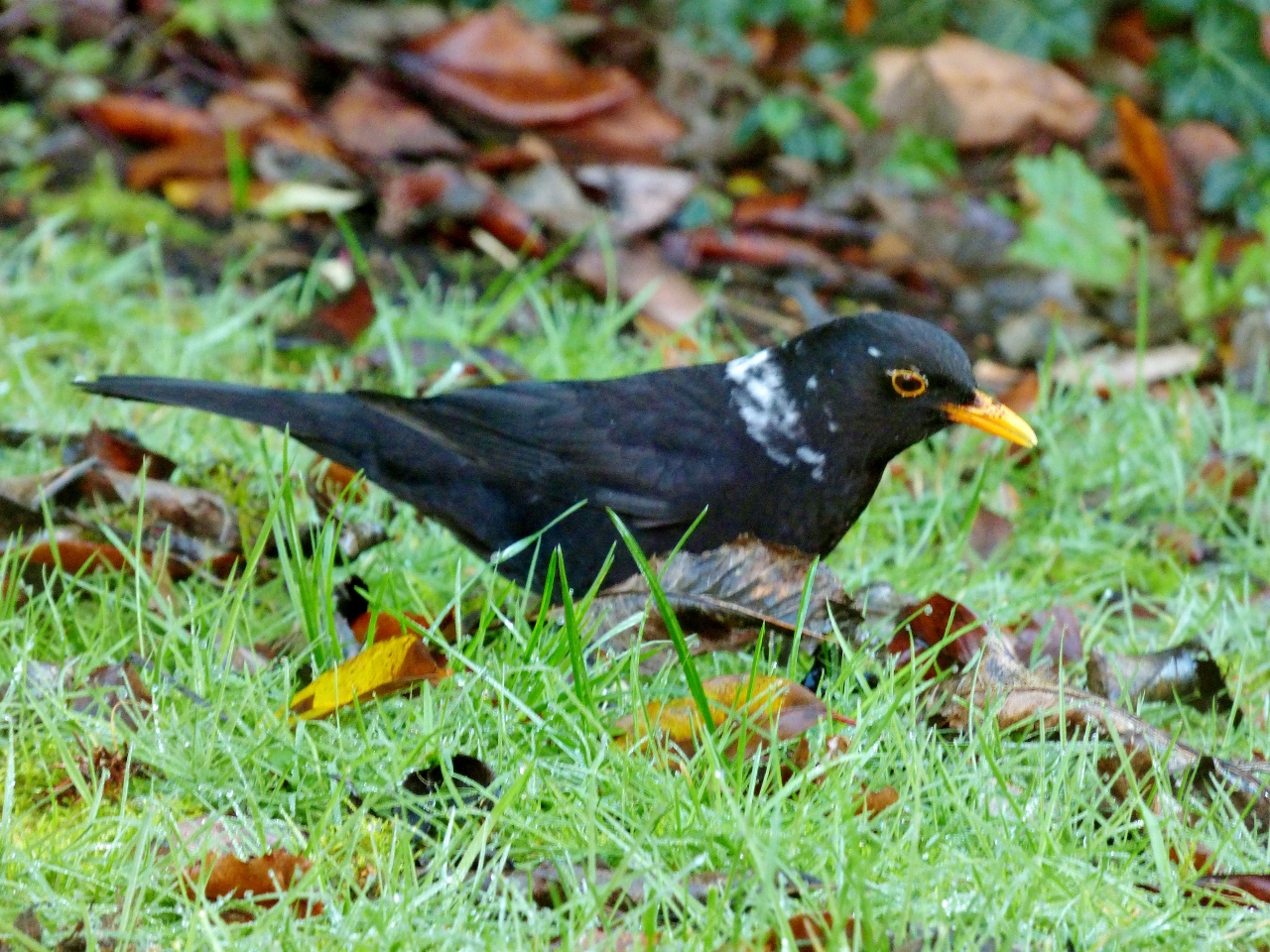

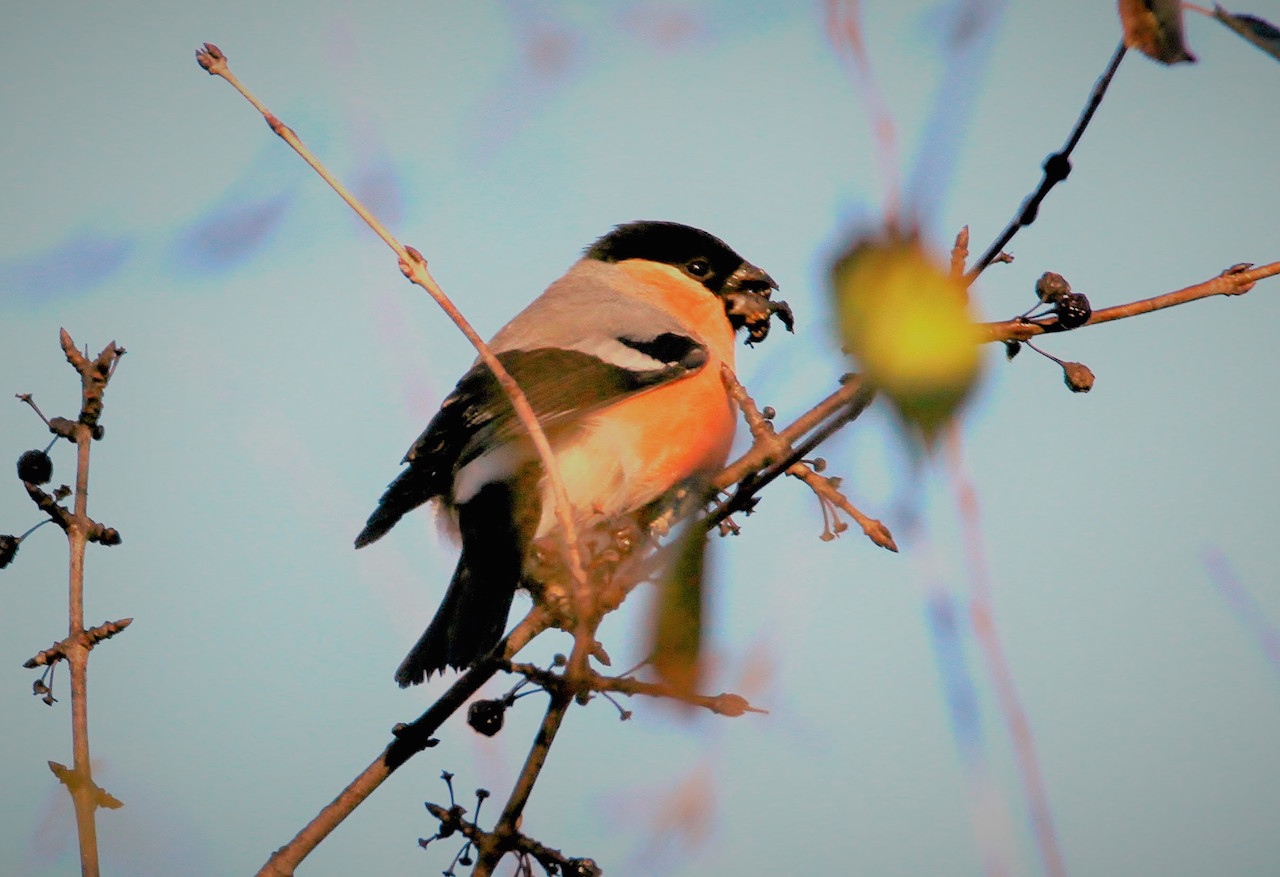
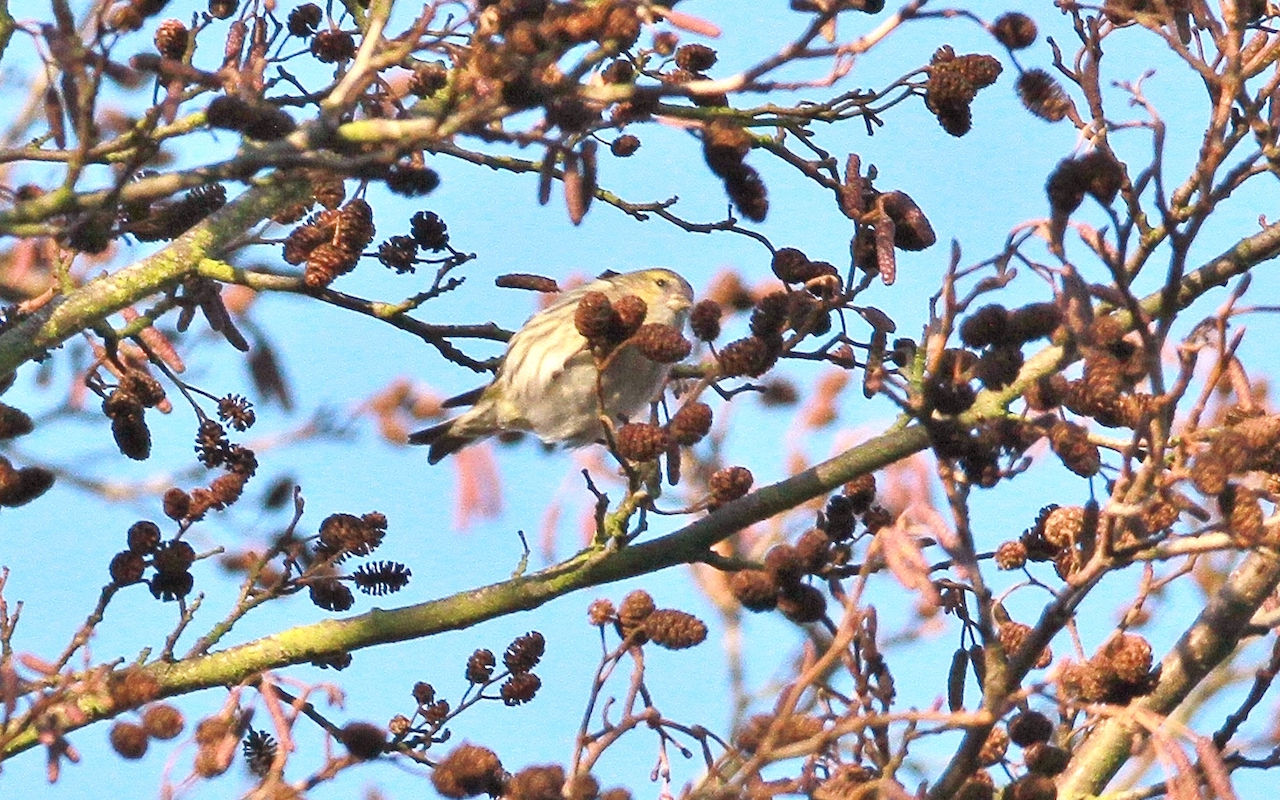
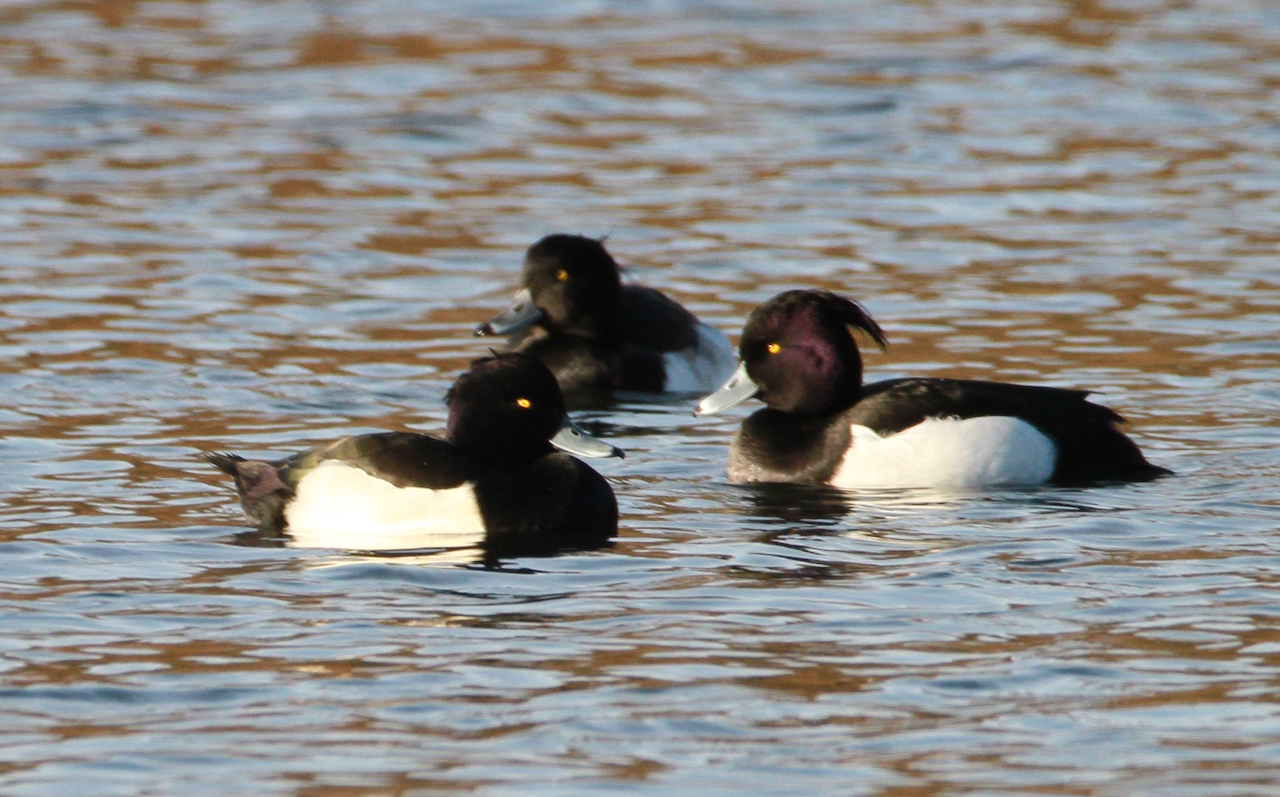

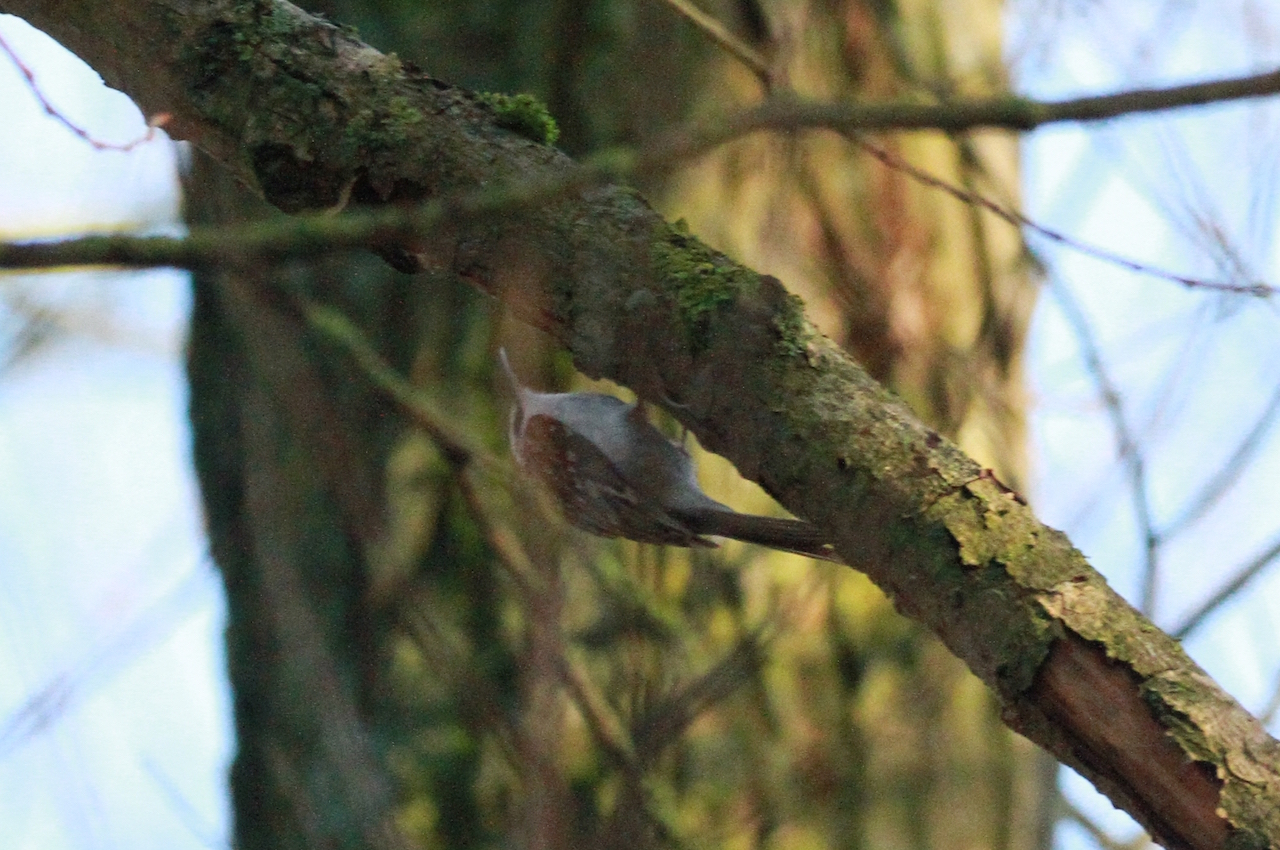
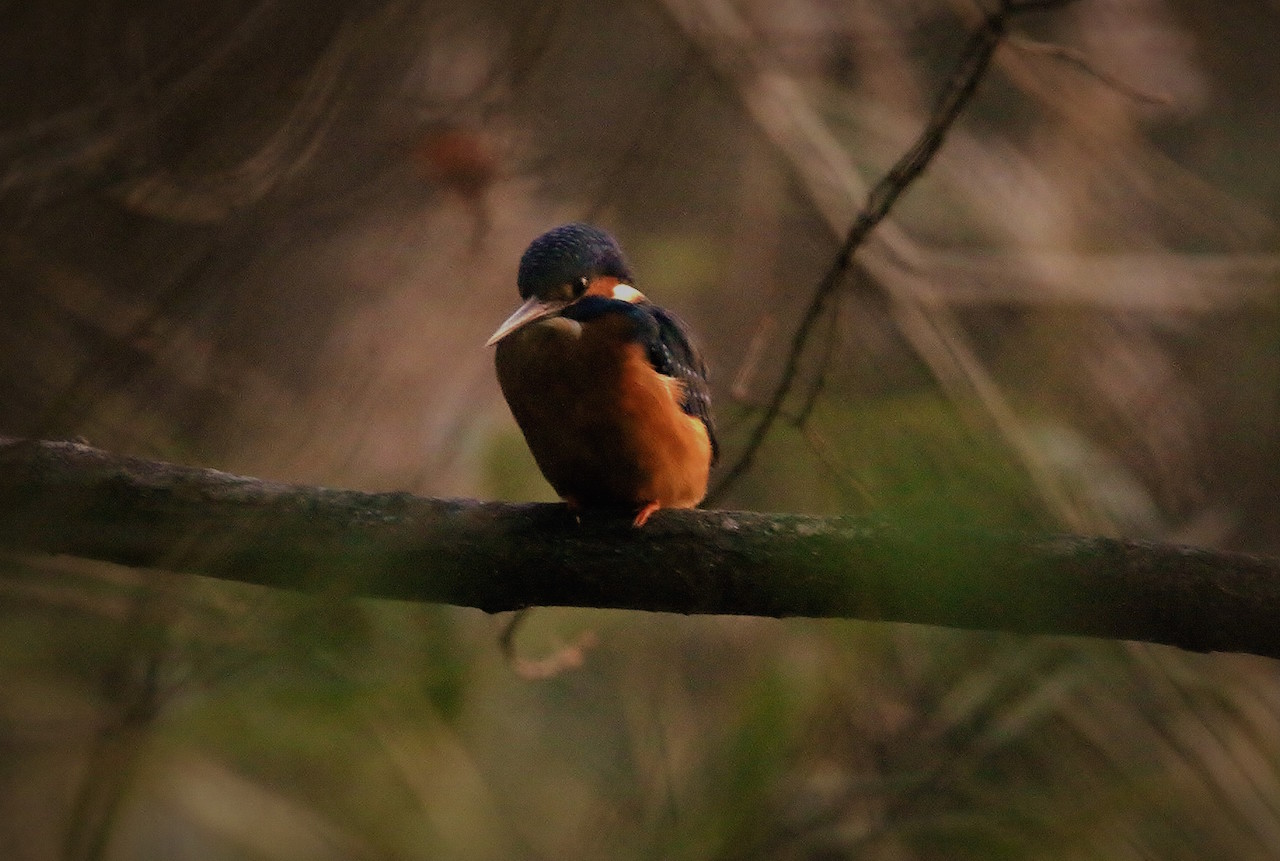
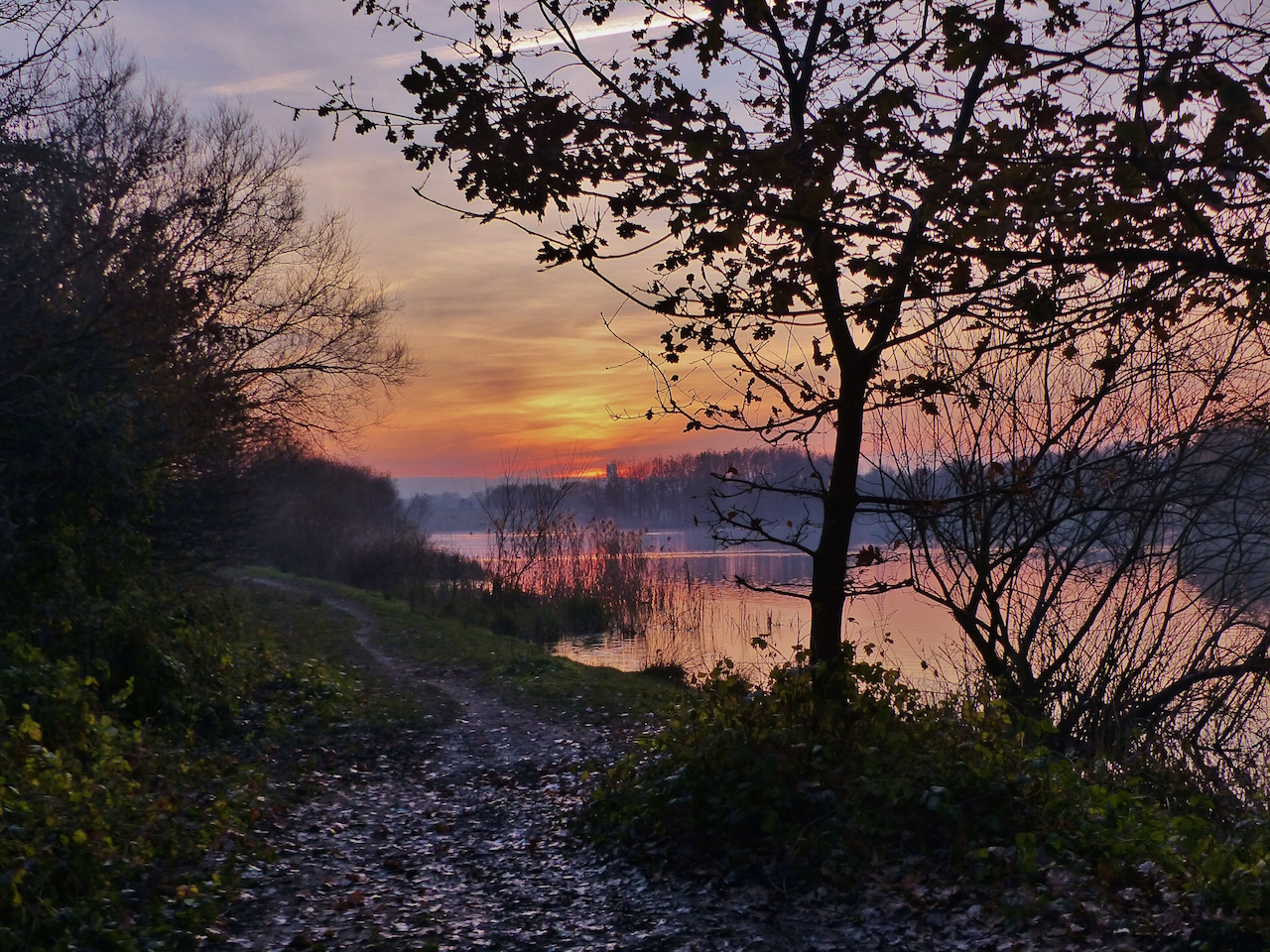


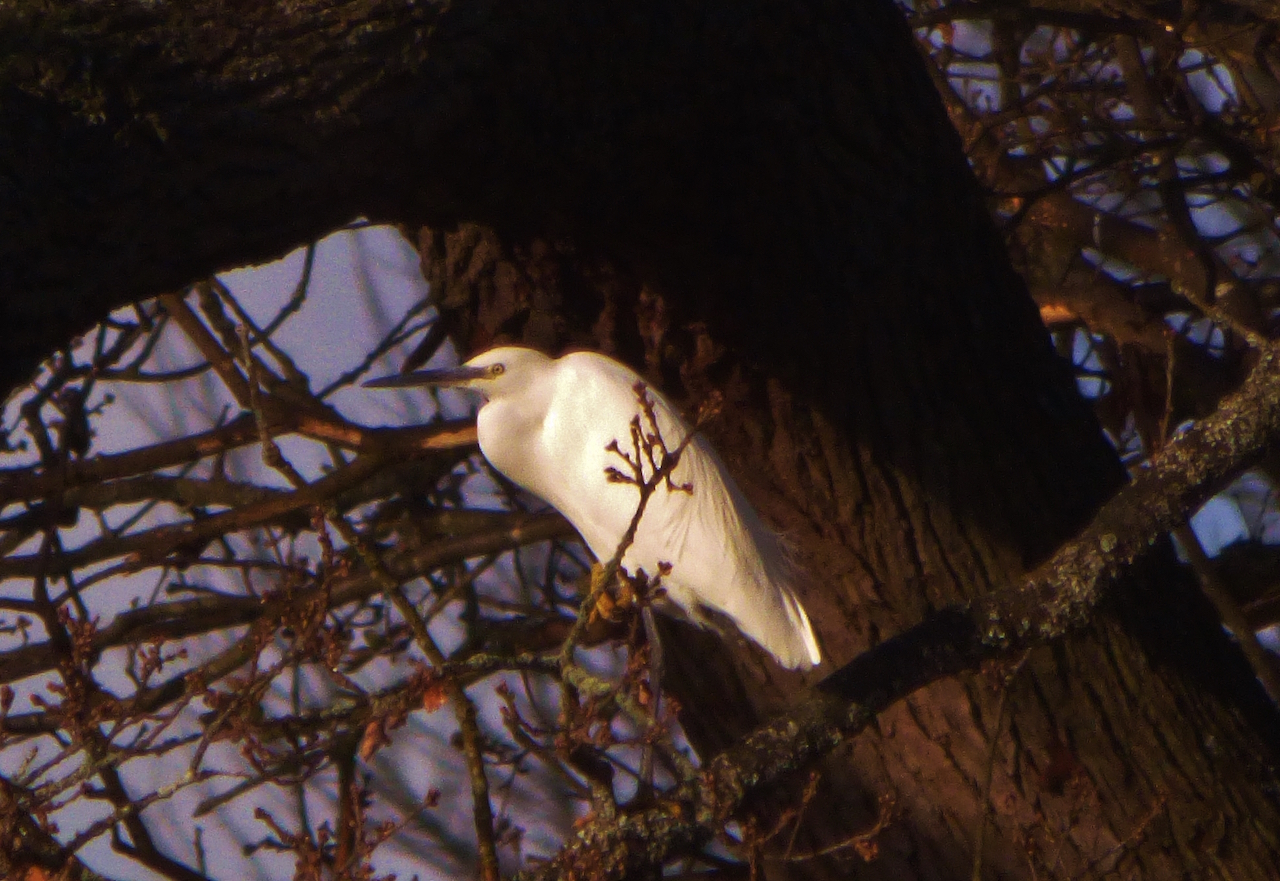

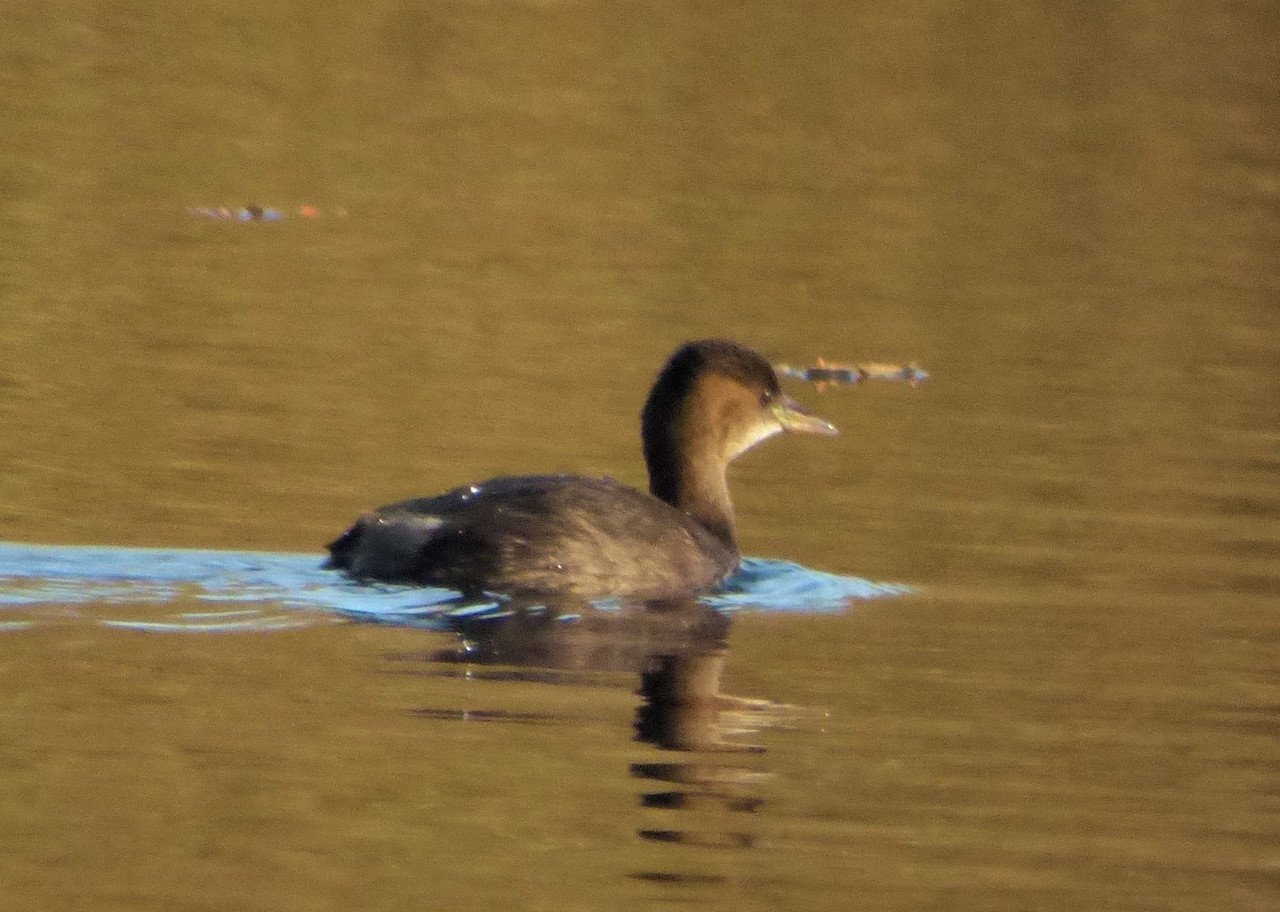
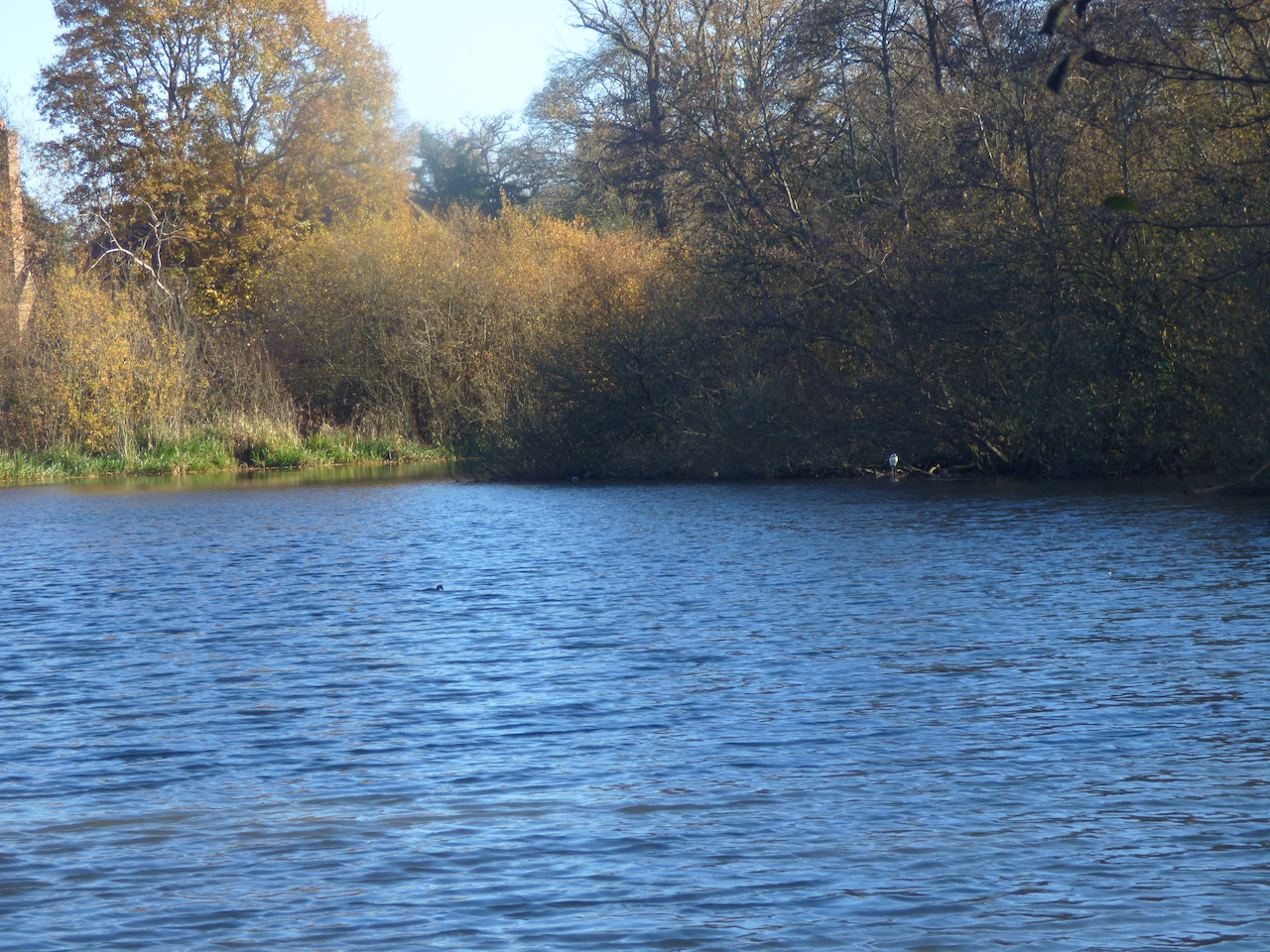

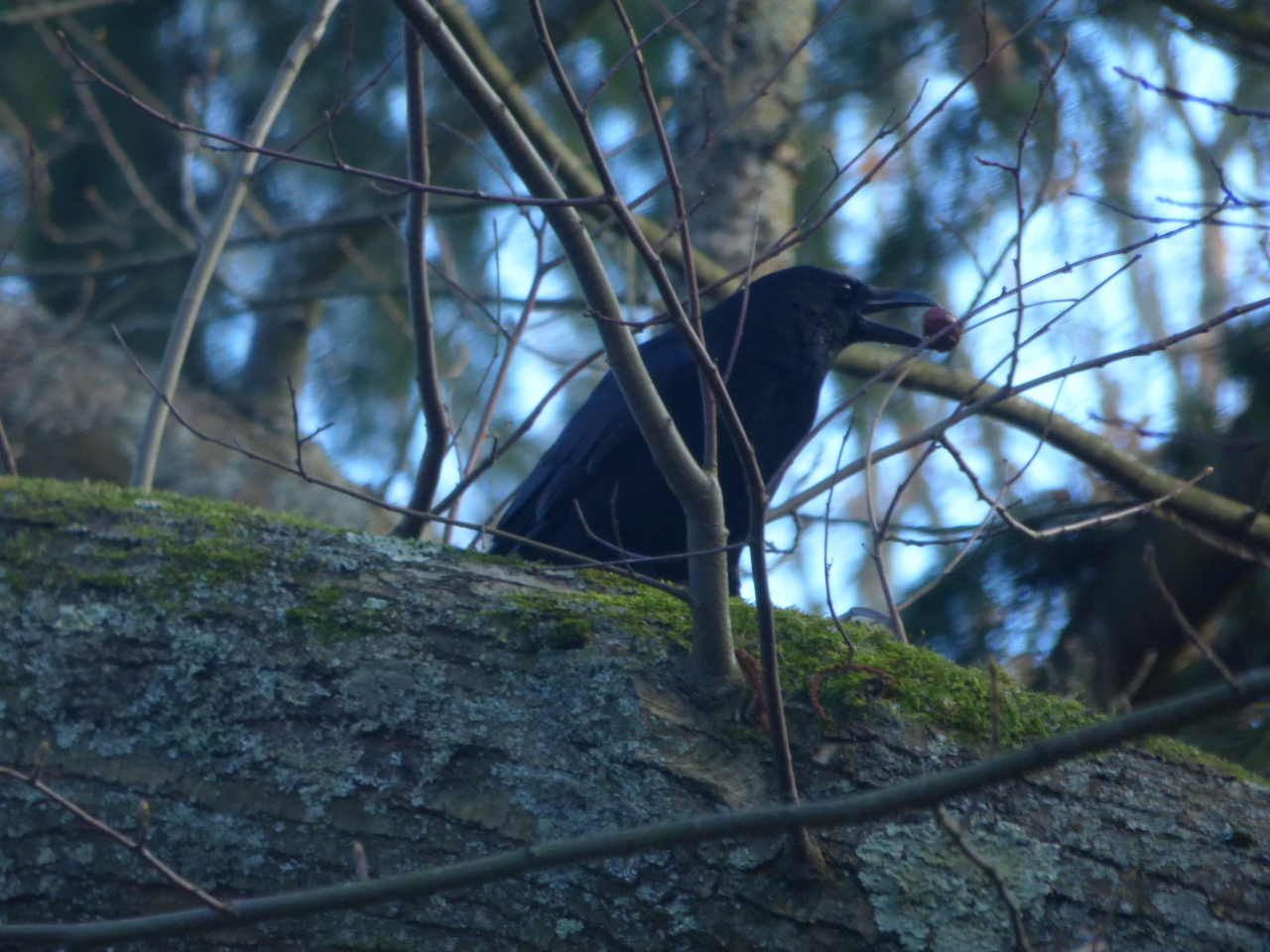
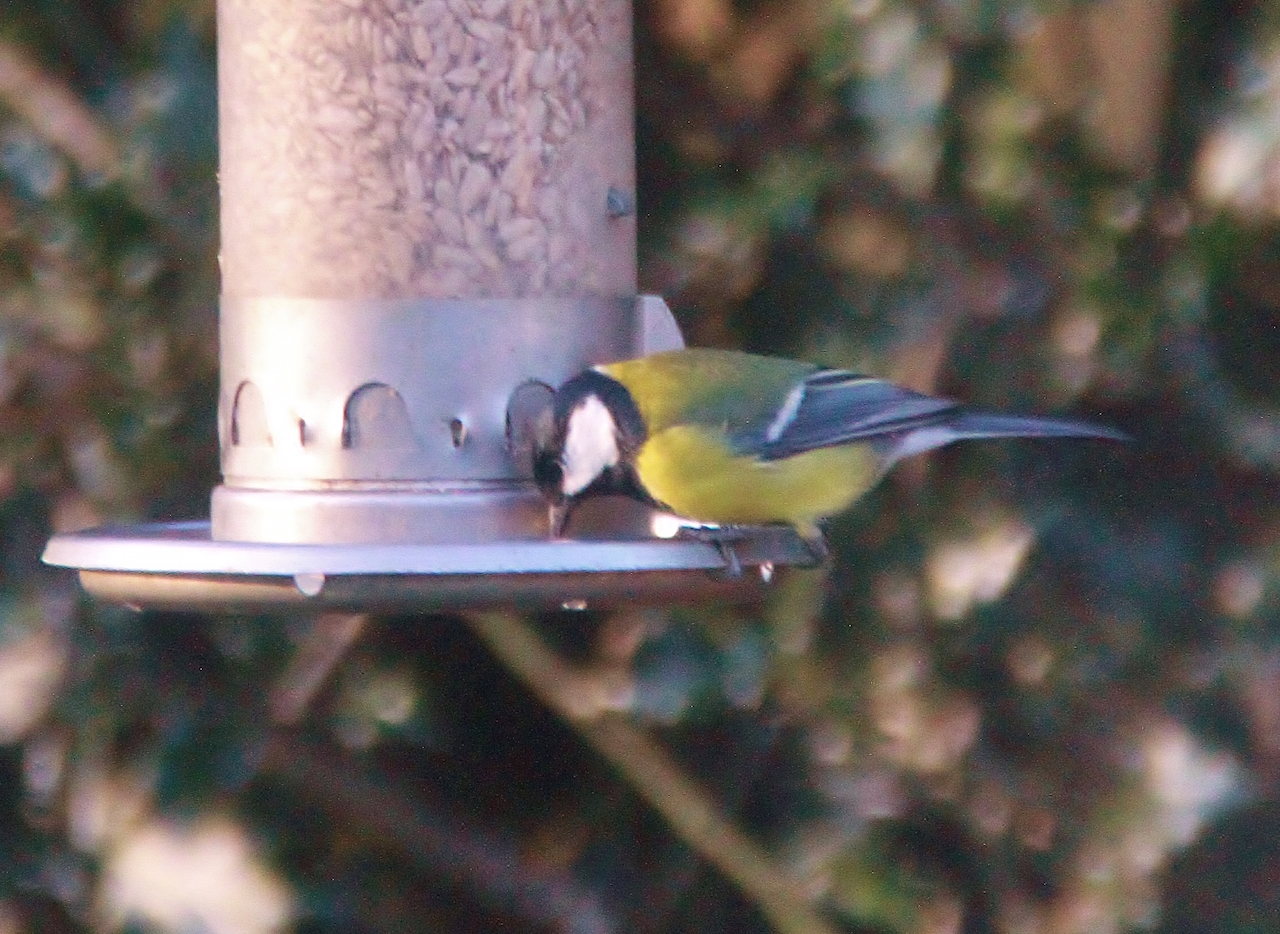
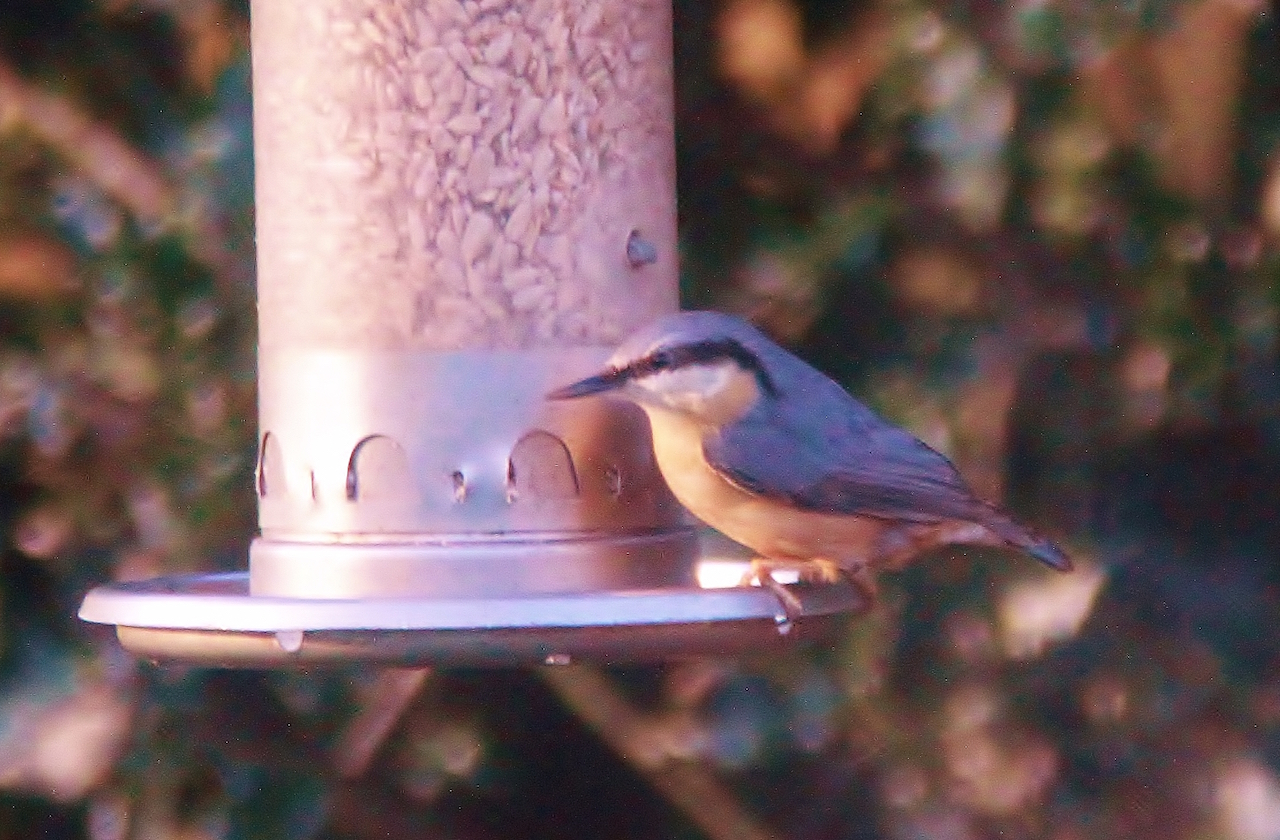
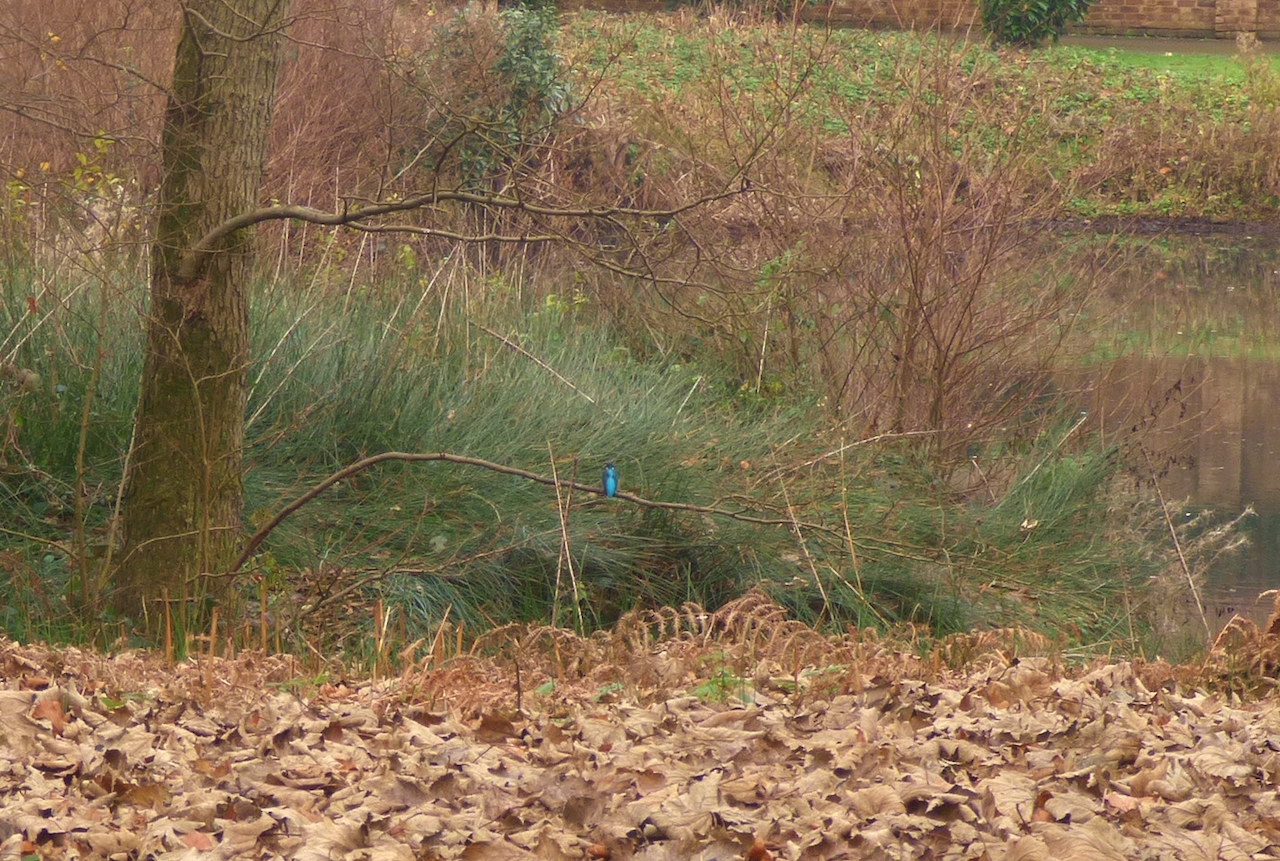

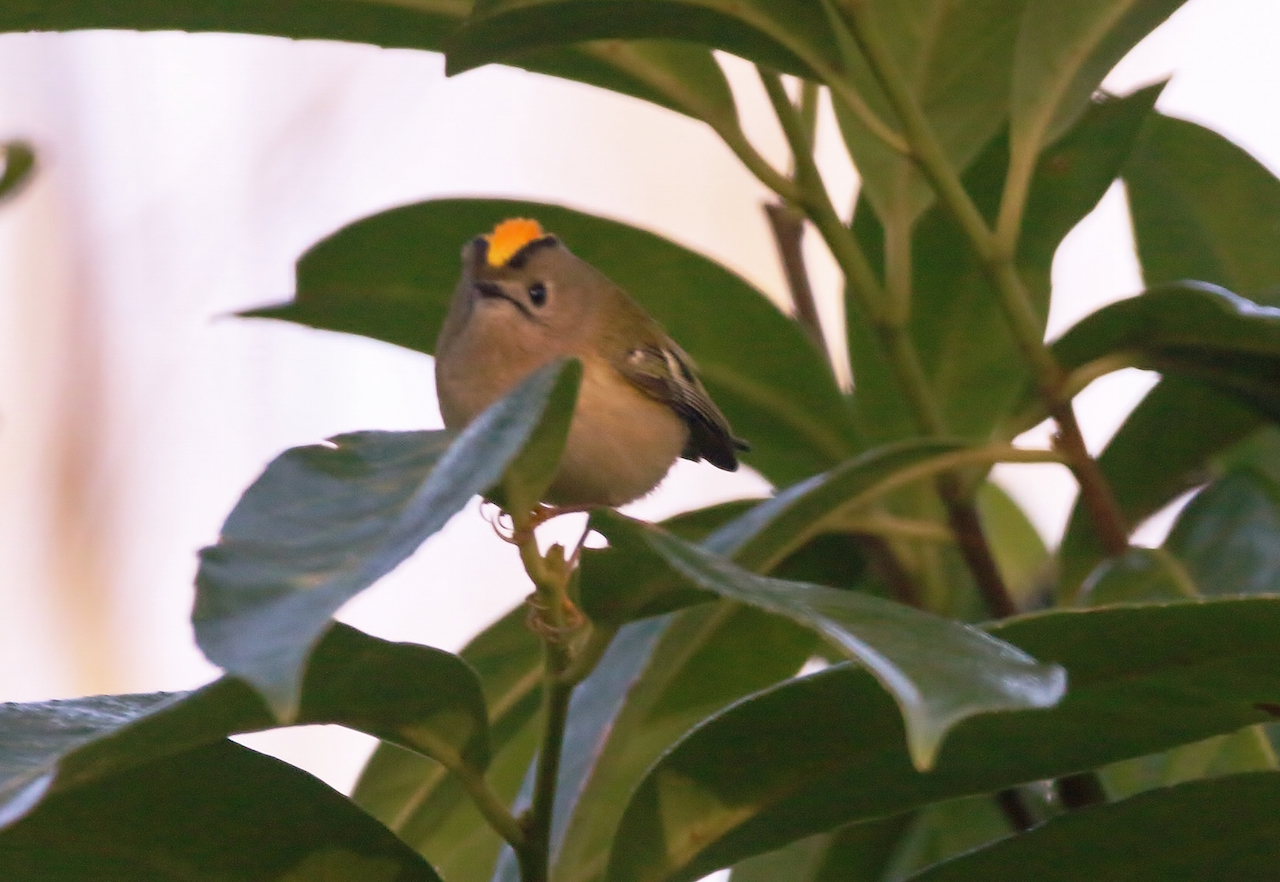
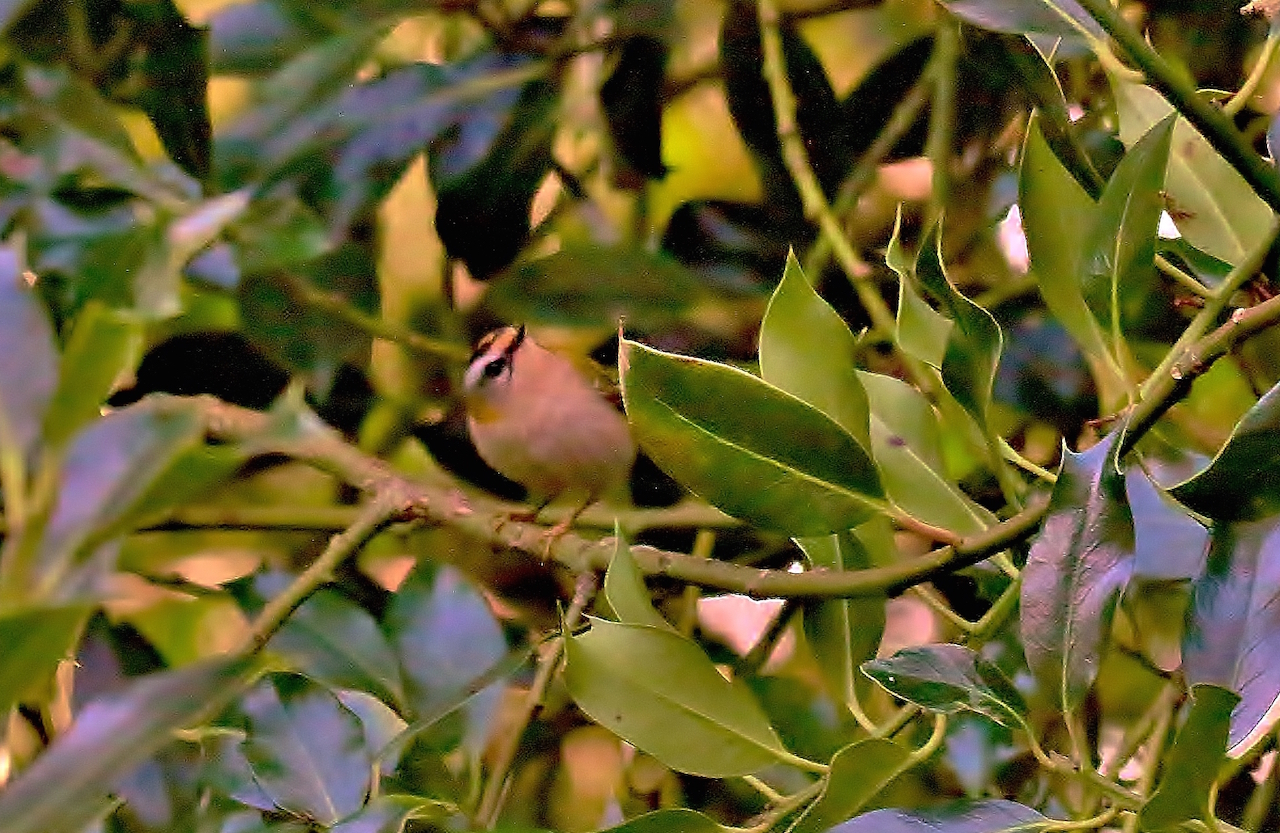
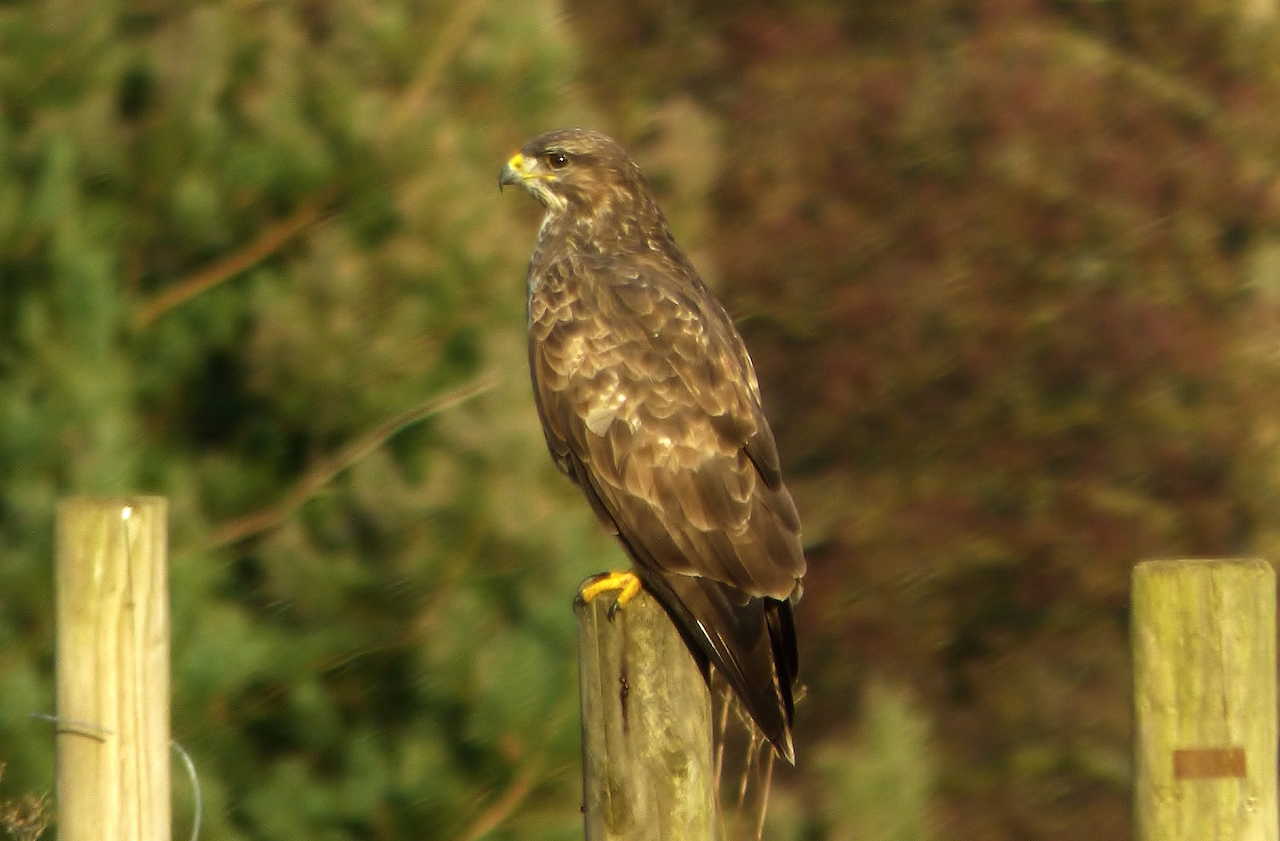








Lisa Wright
December 19, 2016 at 4:15 pm
Another fine report.
Are the Mandarins wild or escaped pets?
Malcolm Fincham
December 22, 2016 at 12:35 am
Although Mandarin ducks are not an indigenous species, and once imported to Britain in the mid-18th century by wildfowl collectors, many have escaped and started breeding here since the 1930s.
They are now ‘self sustaining’ in the wild in southern parts of the UK.
The Mandarin is one of the few introduced species in Britain that are not thought to have created any environmental problems. Mainly because it uses a habitat not favoured by our native wildfowl.
Although I have no evidence that the ones at Albury are not captive, with knowledge of others in the Guildford area that now breed in the wild, I would imagine these ones are too.
Thank you Lisa for your comment.